By Liana Jacob
THIS WOMAN was left wheelchair-bound after a DODGEBALL GAME due to a bone condition SO RARE that only one in a MILLION people have it.
When operations assistant, Sarah Mumper (23) from California, USA, was just two and a half years old, she was diagnosed with McCune-Albright syndrome, also known as fibrous dysplasia, a rare disorder that affects the skin, skeleton and certain endocrine organs.
Initial symptoms that lead to the diagnosis was limping, faint birthmarks and when her mum put her to bed, she felt a slight lump on the right side of her jaw which alerted her.
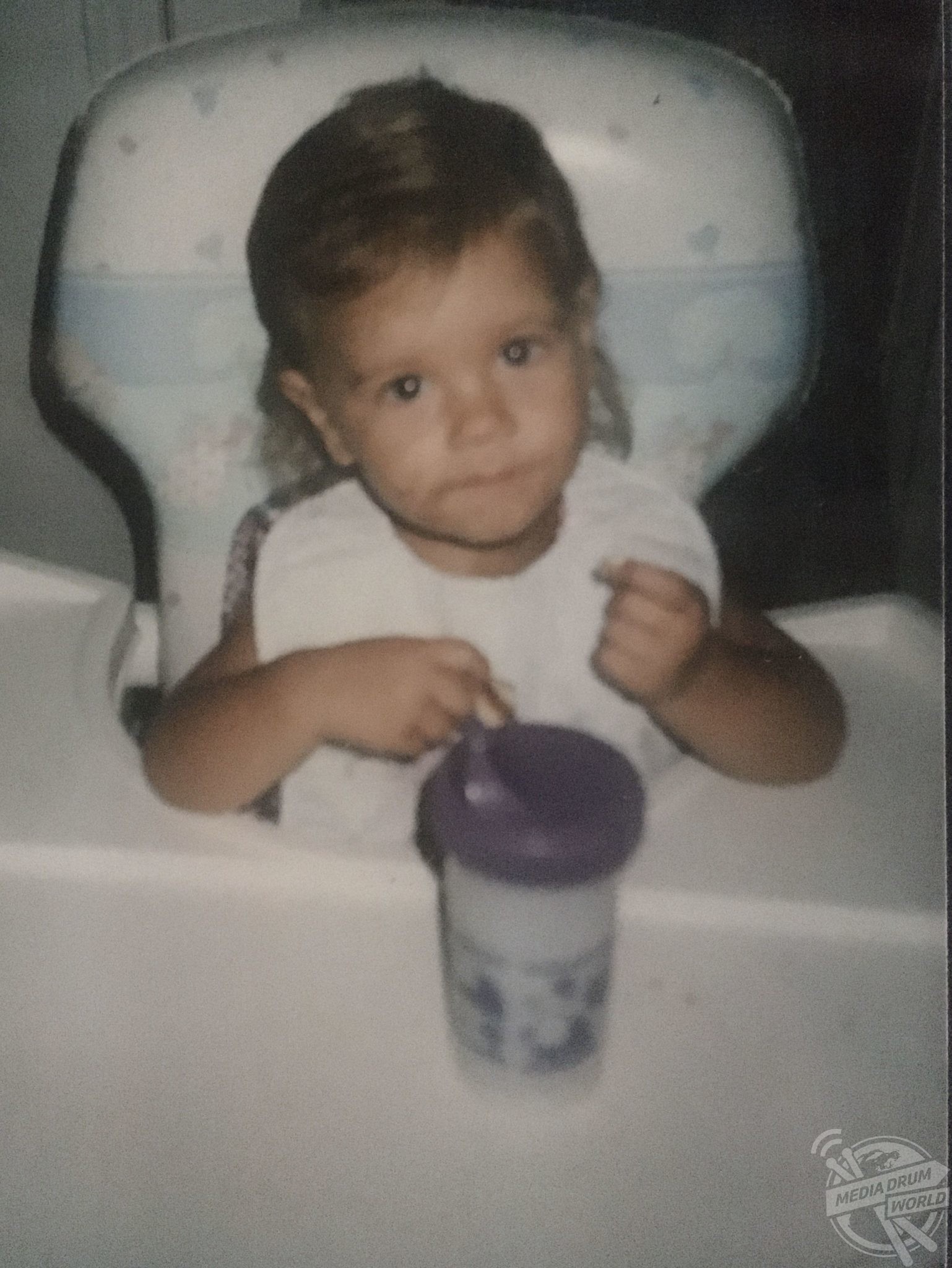
Her bones were so delicate that simple tasks like going up and down the stairs could dislocate her joints. As she grew up, she became more active and despite being urged by doctors to refrain from playing any contact sports, Sarah ended up joining sports clubs for basketball, football, kickball and PE.
When she was just 10 years old, she fractured her left hip while playing dodgeball and was told she needed to prepare for surgery the following day. This news broke her heart as she thought she would then need surgery for the rest of her life. She was left in a wheelchair.
Since using a wheelchair, Sarah had often wondered how this would affect her professional career in the future and whether she would get a job, but she has accomplished many goals in her life that led her to having a prosperous career. She was one of two people with a disability to play a major role in the Sacramento’s ballet’s The Nutcracker and now she wants to encourage other people with a disability that they are capable of achieving their goals.

“Before I was diagnosed, it already physically showed by faint birthmarks. Pre-diagnosis my mum was putting me to bed, and she told me she felt a slight lump on the right side of my jaw,” Sarah said.
“I don’t remember there ever being a ‘big talk’ or anything. I remember there were little conversations with my parents.
“It was like they addressed things as they came up, but they also addressed the major issues that may affect me later in life, so I was prepared.
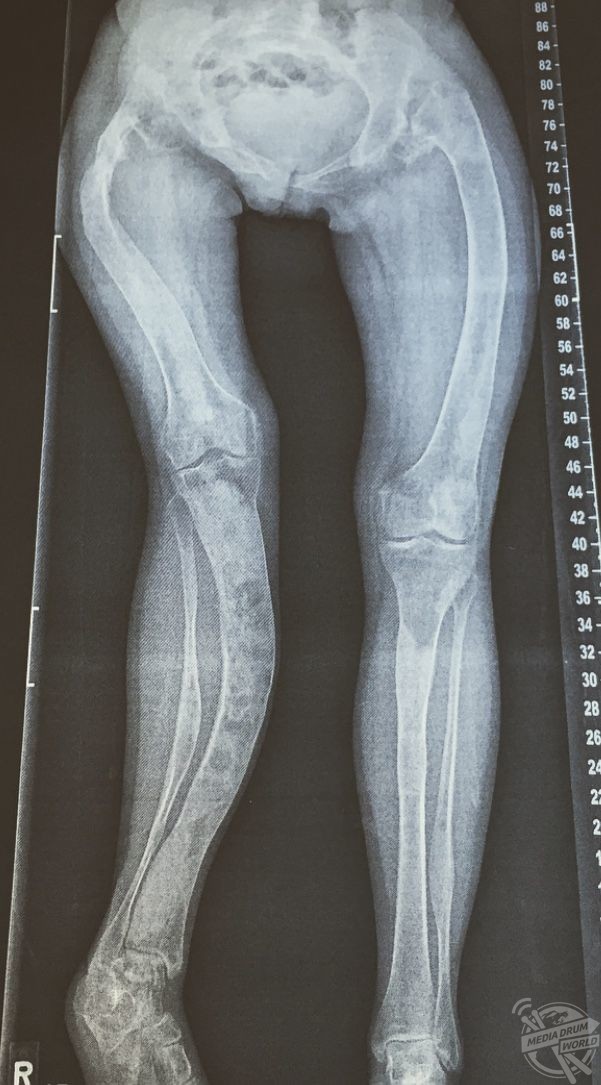
“When I was in elementary school, the biggest thing I was told was I shouldn’t play contact sports and try to avoid playing them at school or in PE.
“Occasionally it worked, but most of the time the active kid in me couldn’t help playing basketball with the boys, soccer or kickball at PE.
“I learned more about my disease the more we went to National Institute of Health’s for the natural history study I’m a part of.
“I actively wanted to be involved and learn as much as I could so I could take charge of my health and advocate for myself and now I’m hoping to be an advocate for those newly being diagnosed.
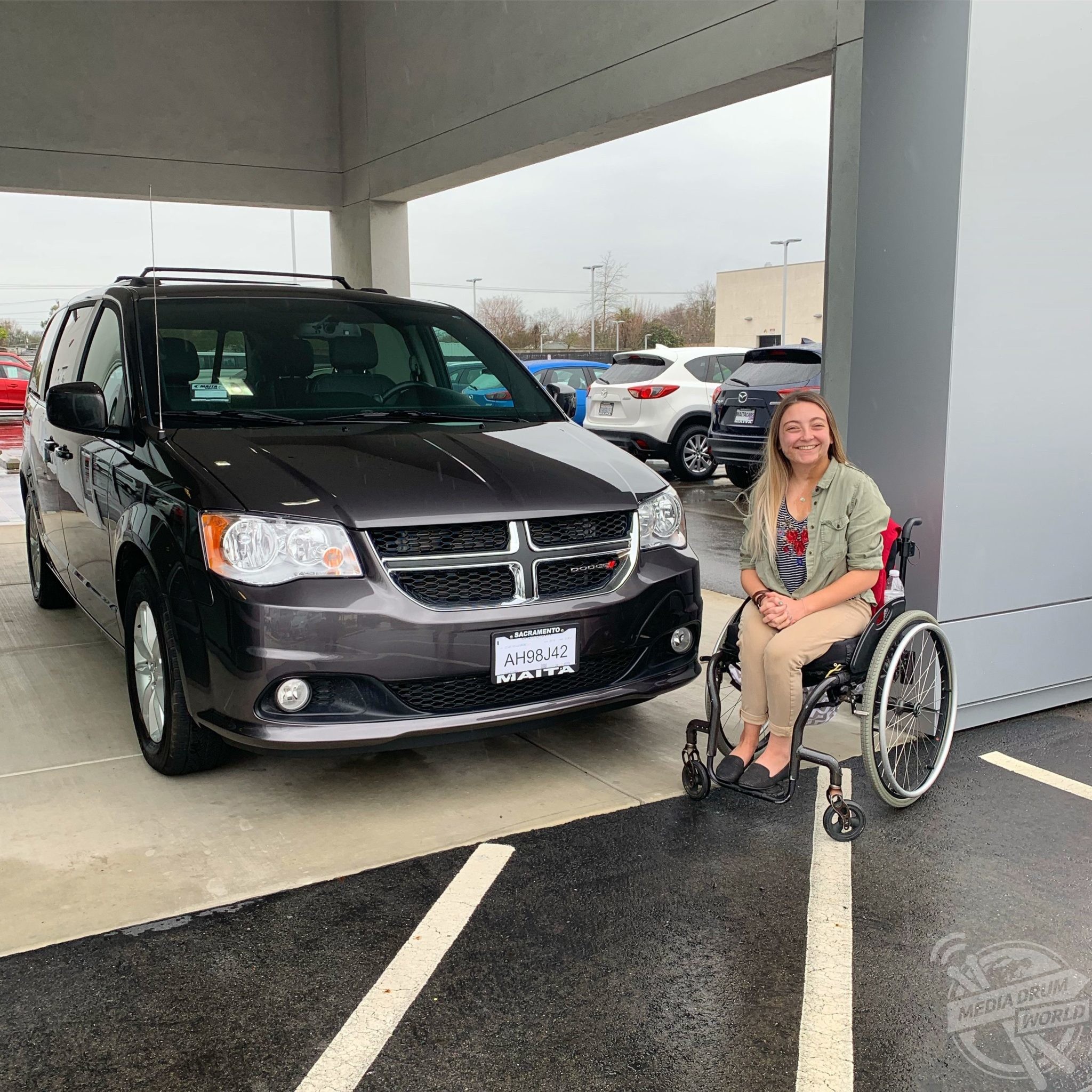
“Post diagnosis I started showing signs of precocious puberty such as irregular periods, and I also had a subtle limp that as I got older became more and more prominent.
“I started using the wheelchair when I was ten years old. I fractured my left hip when I was playing dodgeball. I was told I need to prepare to have a surgery the following day after my doctor’s visit.
“I remember my mum and I being in the car driving home and we both were just in tears. It felt like a death sentence because some people who undergo surgery with my disease have to experience surgery for the rest of their lives. It’s a never-ending cycle because my bones are unable to hold the hardware for long periods of time.
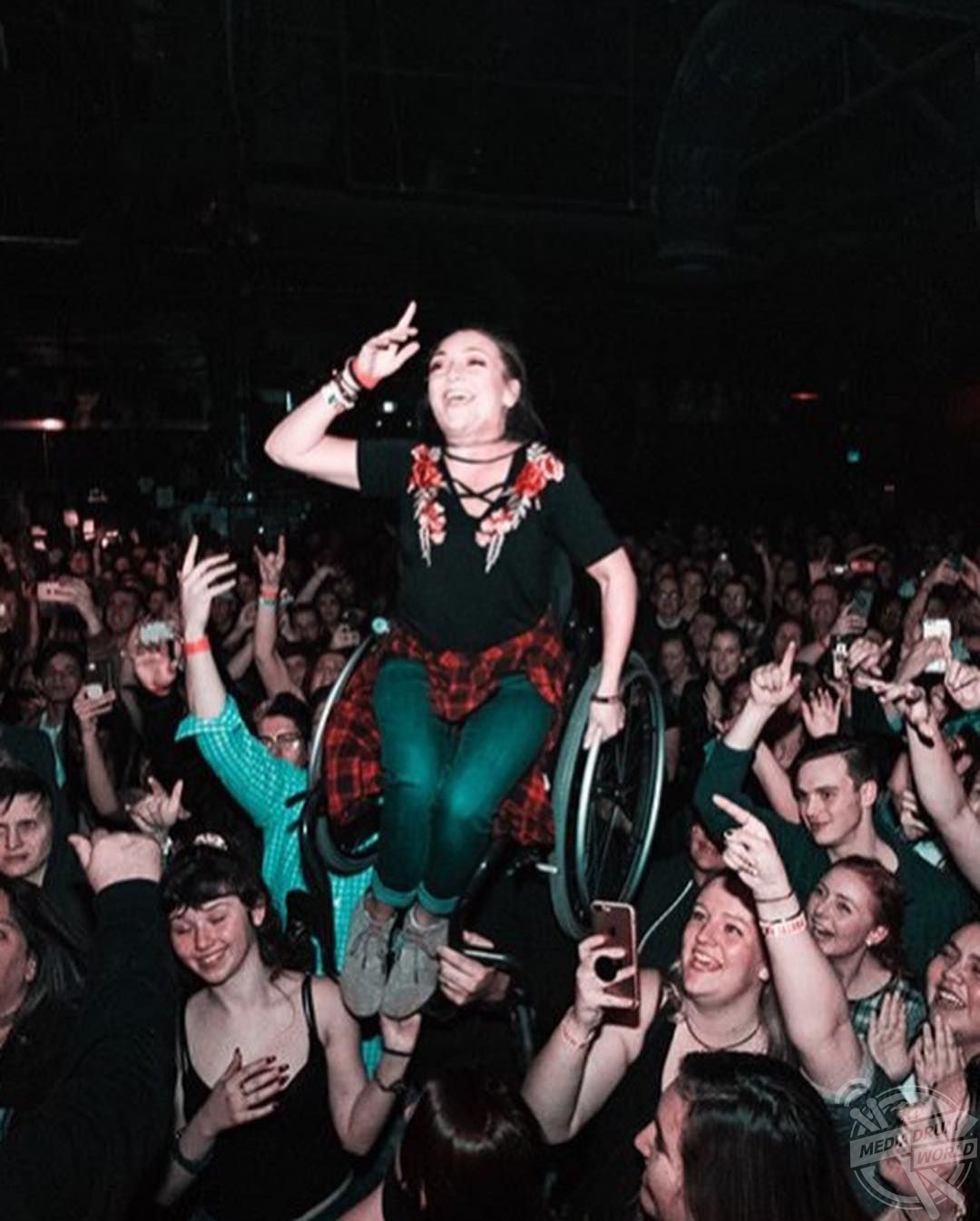
“I can’t weight-bear on my hips for too long when I’m walking around. When I was younger, I walked and ran with a slight limp and over time it became more and more prominent.
“I remember being consciously aware of how difficult going up and down the stairs to my own room was.
“More and more I’d make excuses until I just said it’s easier for me to sleep on the couch some nights than others.
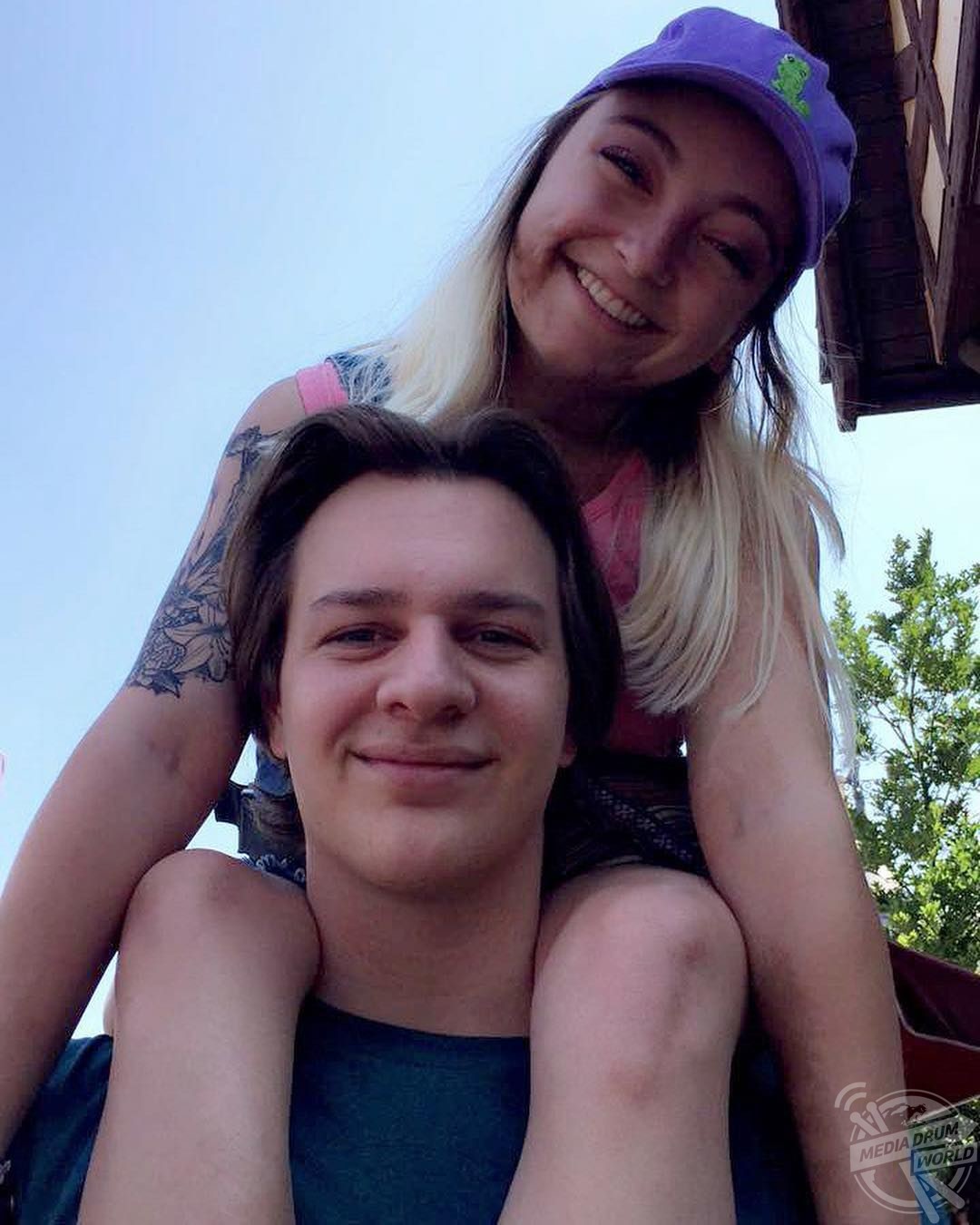
“At one time, my mum and sister moved my room to our sunroom where I could still have my own space and the comfort of my room, and after that I lived down the street with my brother in his single-storey home.”
The main skeletal feature of McCune-Albright syndrome is fibrous dysplasia, which ranges in severity and can cause various complications.
Early skeletal symptoms may include limping, pain, or fracture. Normal bone is replaced with softer, fibrous tissue which can affect mobility. Only one in about 1,000,000 people have this disease.
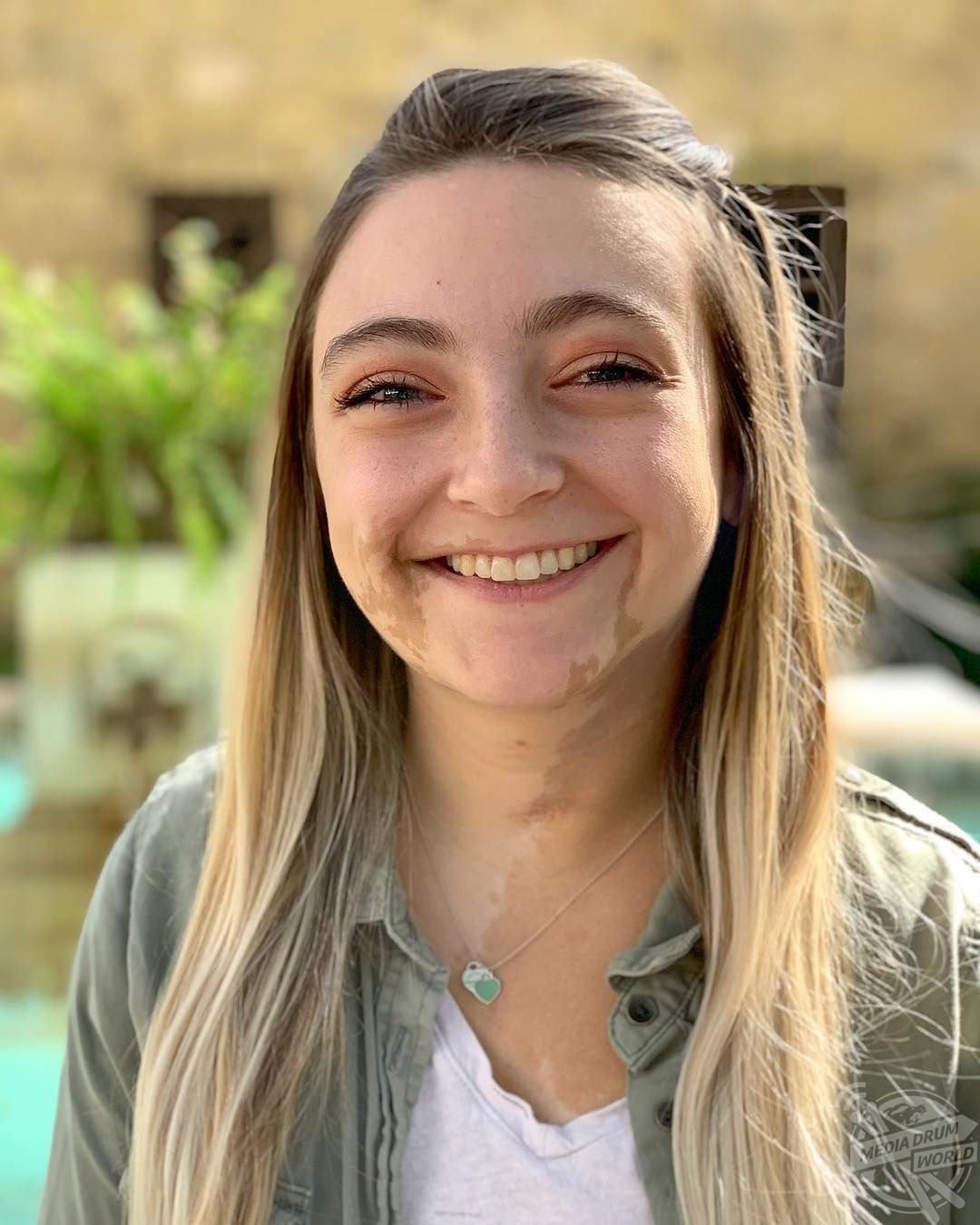
Sarah says that her whole life has been a learning curve about the various ways her disease could have limited her life, but this won’t stop her from pursuing her dreams.
“When I was five, I fractured my knee from falling on falling on the asphalt in the playground and had to use a walker,” she said.
“I was so afraid I’d be too different from the other kids I cried all the way to school. My dad spoke to my class about why I’d need a walker and who’d be willing to play inside for a few weeks with me since I wouldn’t be able to play on the playground.
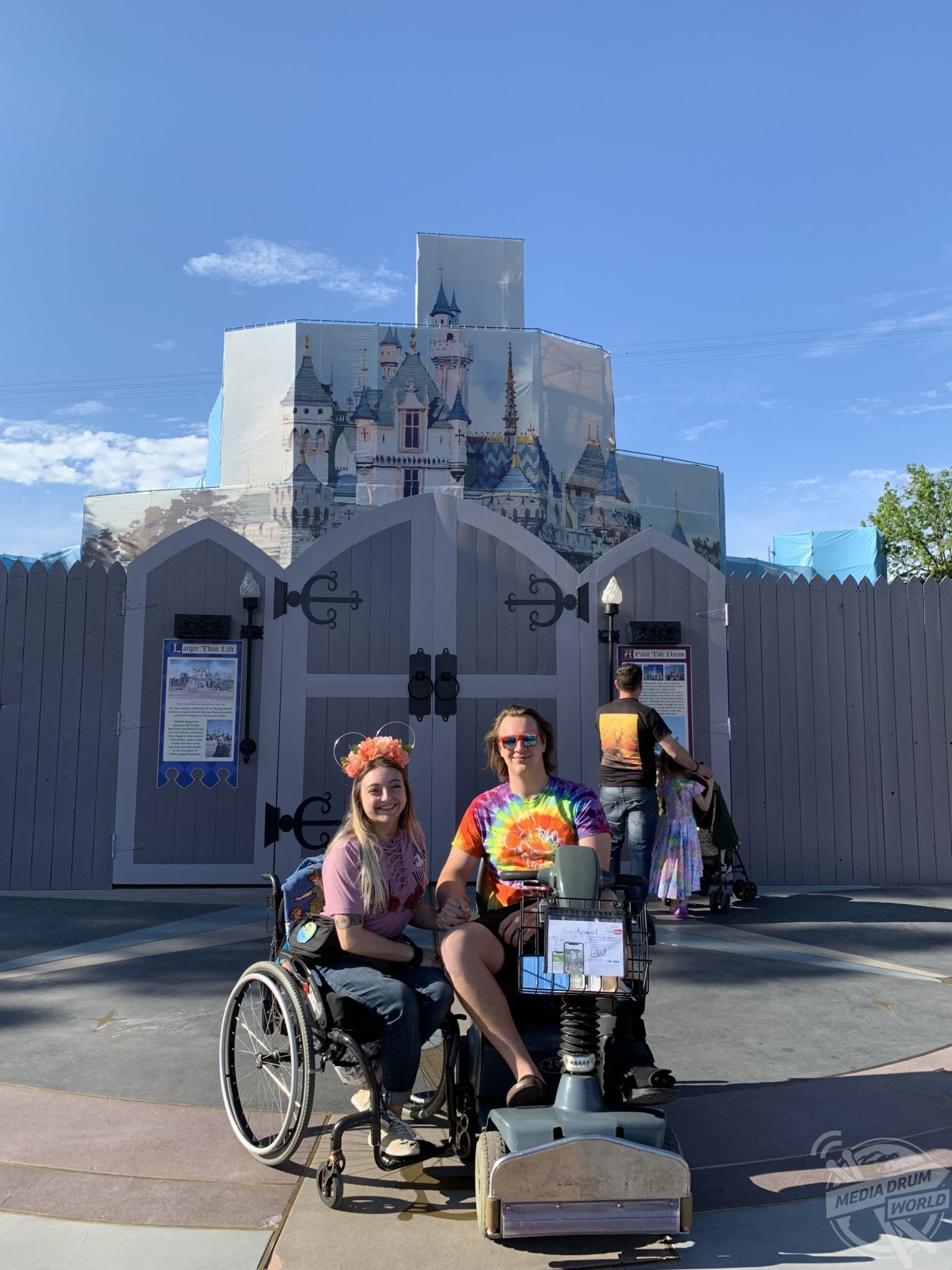
“I remember seeing every hand raised in my class that they’d rather stay inside to play board games with me while I got better. They even made a huge book that they mailed when I was at NIH that year.
“Overall, when I come to the obstacle of feeling afraid or quite often alone because of my disease I have reminders all around me from my family, friends and even strangers that I’m not alone and this disease isn’t all I am.
“When I was younger, I struggled with not being able to a lot of the activities the other kids could do. Middle school to high school, I struggled a lot with self-acceptance and realising that it’s not a death sentence.
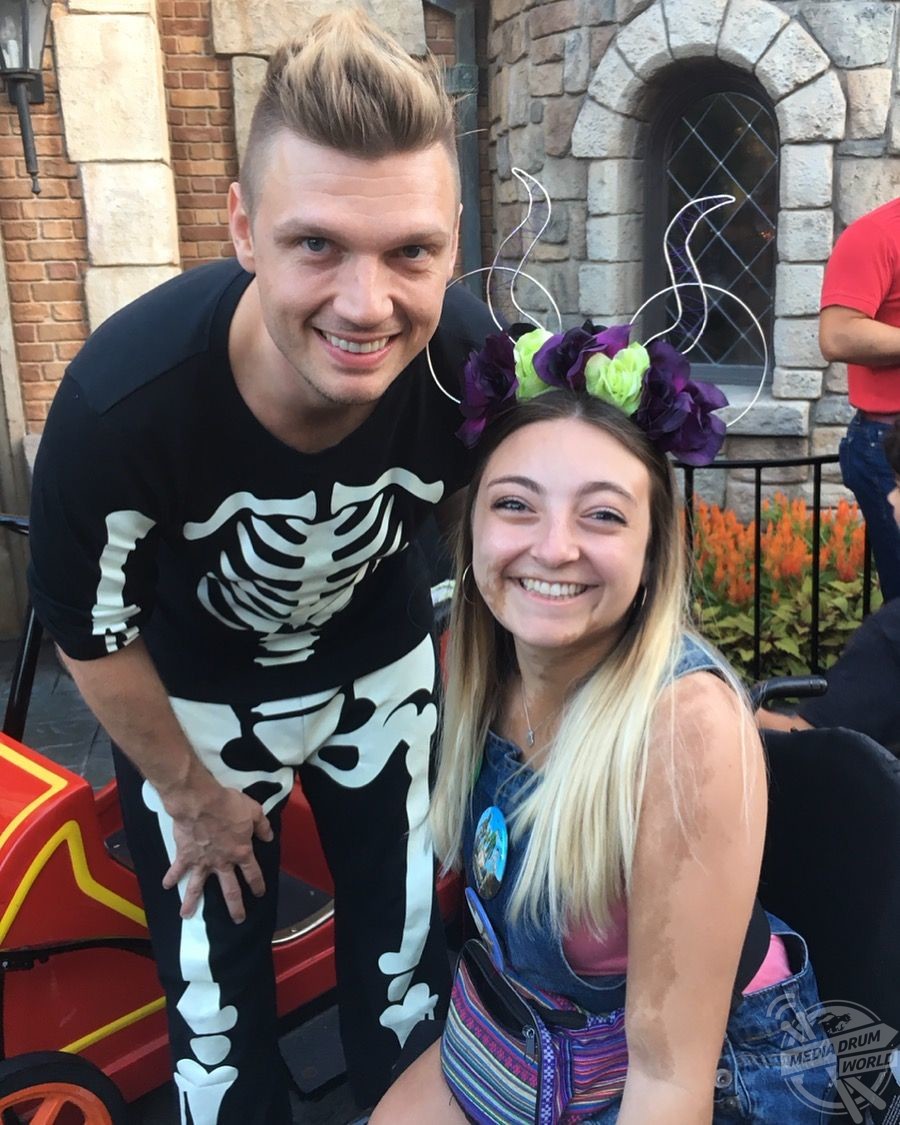
“In my young adult life, it was how would I be able to get a job that would accept my situation. Now, I feel like the biggest struggle I have is how to manage my pain to where it doesn’t affect my job, relationships, and overall life experiences.
“I feel as though I’ve adapted fairly well to my life, but like everyone else I’m still trying to figure out exactly what I want.
“I’m relatively healthy, I have a job that pays my bills, and I am trying to contribute my gifts to the world for it to hopefully be better for the next person whose journey may be like mine.
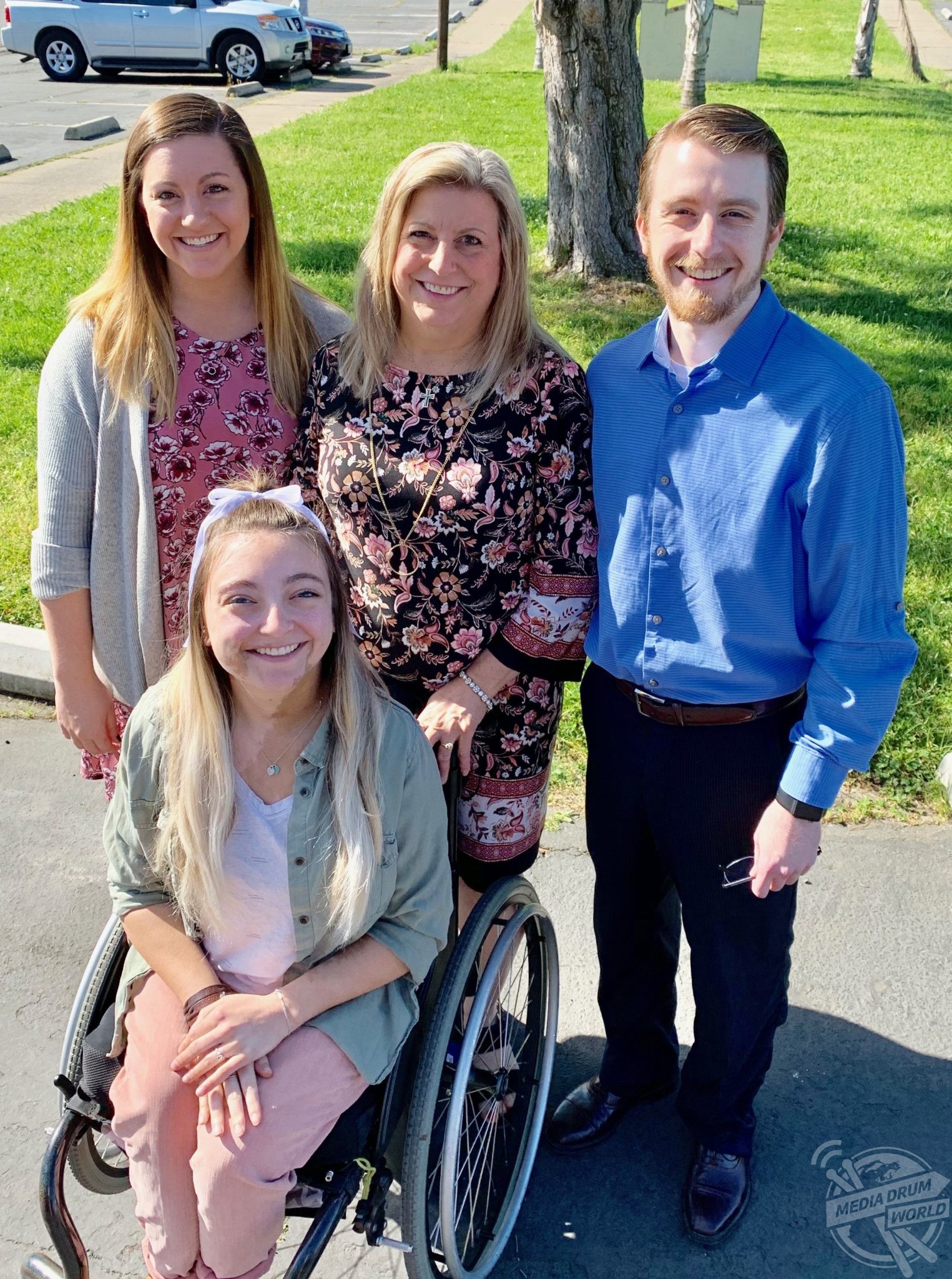
“I’ve just learned to not hold myself to unrealistic expectations, and to manage my happiness. Working with seniors, the advice that has been told to me the most is find what makes you happy and the rest will follow.
“Nothing is worth your time or effort if you’re unhappy. It’s okay to not follow the status quo; I’ve already had to learn to go a different route than others to achieve the same goals.
“I’d like to convey that people with rare diseases and/or disabilities are not much different. We are trying to contribute to society just as much as you.
“Help advocate for those who need a voice, don’t disregard us; we are people too. Don’t be afraid to approach us, but also be respectful of those who may have sensitive stories and don’t want to share.
“It’s okay to be curious and ask questions. That is how we evolve and change and hopefully for the better.”






